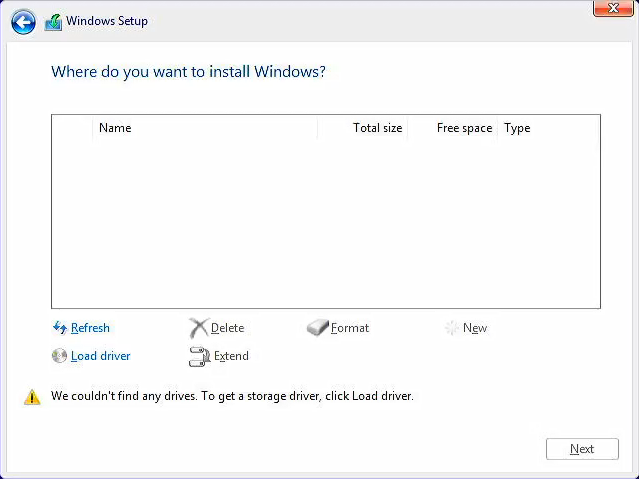How to Create a Windows Bootable USB on a Mac (Step-by-Step Guide)
Introduction
Making a Windows bootable USB on a Mac can be tricky. Many people run into issues, especially when dealing with large ISO files and FAT32 formatting limitations. In this guide, I’ll walk you through the exact process of creating a bootable USB for Windows 10 or Windows 11 using a Mac.
If you get stuck, drop a comment—I’ll try to help as quickly as possible.
What You’ll Need
- A Mac with internet access
- A USB drive (minimum 5GB for Windows 10, 8GB for Windows 11)
- The Windows ISO file (downloaded from Microsoft’s official site)
- Basic knowledge of Terminal commands
Step 1: Download the Windows ISO
- Head over to the official Microsoft download page. https://www.microsoft.com/en-in/software-download/
- Choose your edition (Windows 10 or 11).
- Select your language and confirm.
- Download the ISO file to your Mac.
Step 2: Format Your USB Drive with Disk Utility
- Plug in your USB drive.
- Open Disk Utility on your Mac.
- From the top menu, choose View → Show All Devices.
- Select your USB drive → click Erase.
- Name it something simple like
win10orwin11or anything. - Format: MS-DOS (FAT)
- Scheme: Master Boot Record
- Click Erase → Done.
⚠️ Warning: This will delete everything on the USB.

Step 3: Copy ISO Files to the USB
- Double-click the ISO file → it will mount as a new drive.
- Open Finder → you’ll see the ISO under “Locations”.
- Open your USB drive in a new tab.
- Copy all files except the
sourcesfolder to the USB. - Create a new folder named
sourcesinside the USB. - From the ISO → open the
sourcesfolder. - Copy everything except
install.wimto your USB’ssourcesfolder.
Why exclude install.wim?
Because it’s larger than 4GB, and FAT32 cannot handle single files over 4GB.
Step 4: Install Homebrew (if you don’t have it)

Homebrew is a package manager for macOS. Open Terminal and run:
/bin/bash -c "$(curl -fsSL https://raw.githubusercontent.com/Homebrew/install/HEAD/install.sh)"
Enter your password when prompted.
Step 5: Install Wimlib
We’ll use wimlib to split the big install.wim file into smaller chunks.
brew install wimlib
Step 6: Split the install.wim File
In Terminal, run the following command:
wimlib-imagex split /path/to/install.wim /path/to/USB/sources/install.swm 4000
- Replace
/path/to/install.wimwith the actual ISO path. - Replace
/path/to/USB/sources/with your USB sources folder path. 4000means each split file will be max 4GB.
This will create multiple install.swm files instead of a single oversized file install.wim.
Step 7: Verify and Eject USB
- Check your USB
sourcesfolder → you should seeinstall.swm,install2.swm, etc. - Safely eject your USB.
You now have a bootable Windows USB created on your Mac ✅.
Here is the reference video for the same -
Conclusion
That’s it! You’ve successfully created a Windows 10/11 bootable USB on macOS. Next time you need to install Windows, just plug in your USB and boot from it.
If you have questions, feel free to ask in the comments. Thanks for reading, and see you in the next guide!




